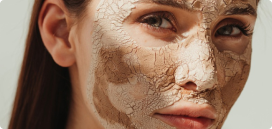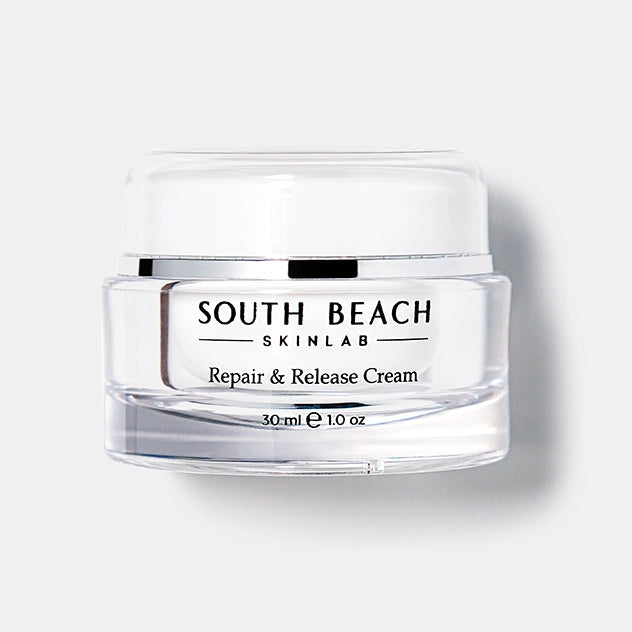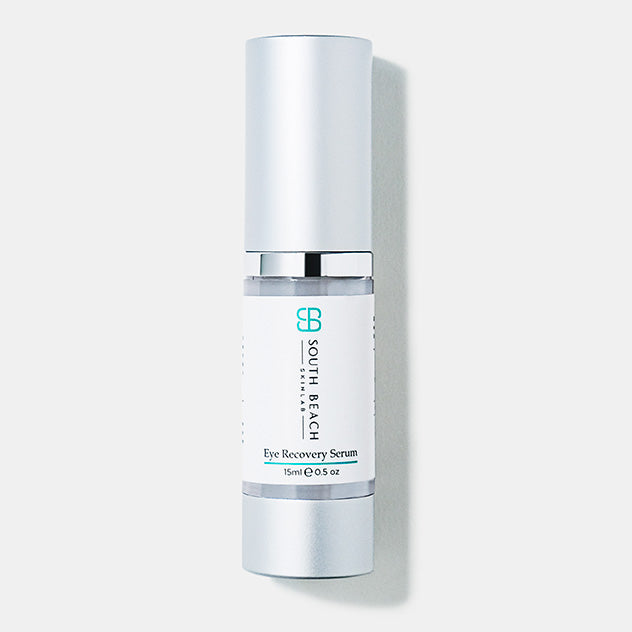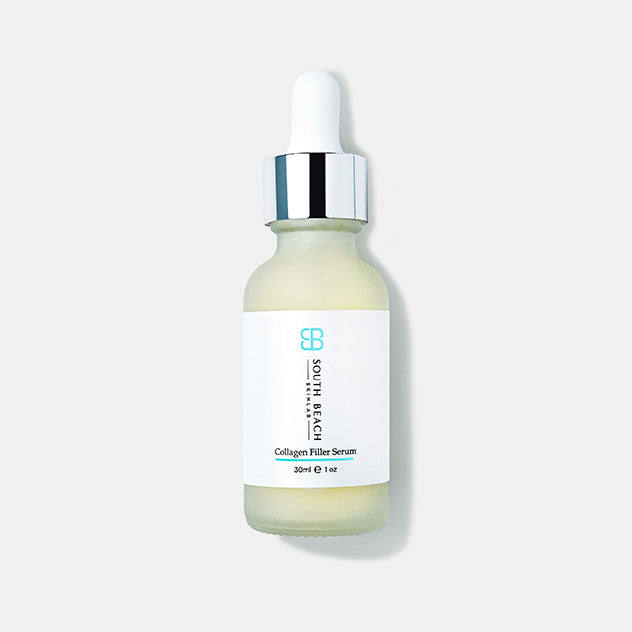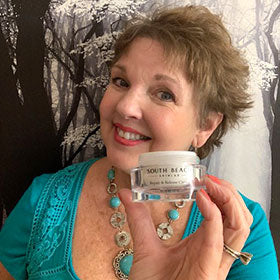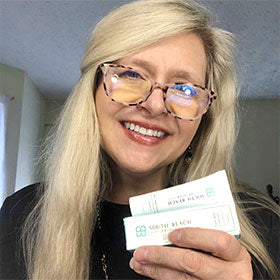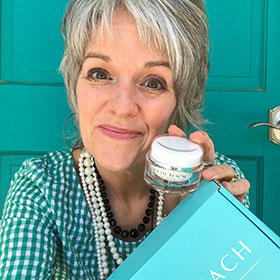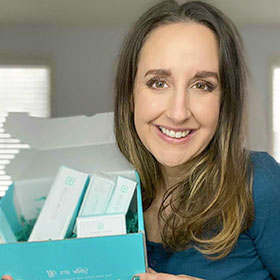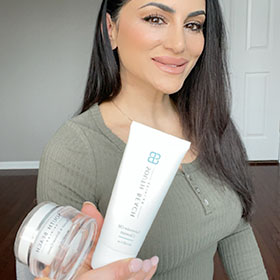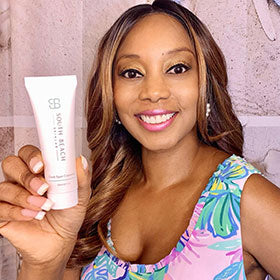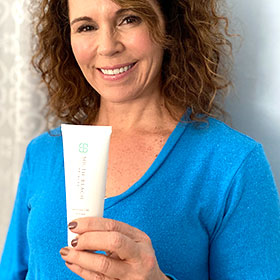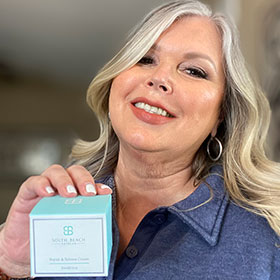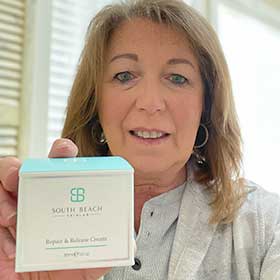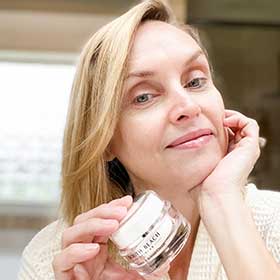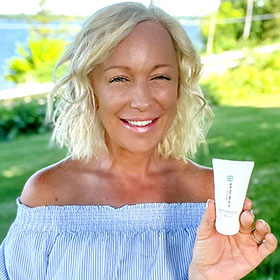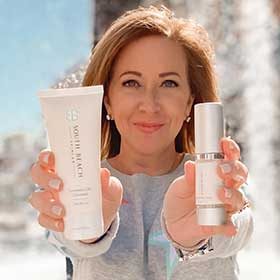We all have that one trusty moisturizer that once left our skin feeling soft, smooth, and hydrated. But what happens when it suddenly stops working? If your once-beloved product no longer delivers the same results, you’re not alone…
Skin changes, and so do its needs. Here are five reasons why your favorite moisturizer might not be working anymore — and what you can do about it.
1. Your Skin’s Needs Have Changed
Your skin isn’t the same all year round. Age, hormones, and even stress can change your skin’s moisture levels and barrier function. For example, drier skin in the winter may need a thicker, more hydrating cream, while summer skin often benefits from a lightweight gel moisturizer. If your moisturizer isn’t cutting it, consider switching to a formula that suits your current skin needs.

2. Your Moisturizer’s Formula Isn’t Right Anymore
While it may have worked wonders in the past, your skin’s needs evolve, and a formula that once suited you might no longer be effective. Ingredients like hyaluronic acid, glycerin, and ceramides are great for maintaining hydration, but if your skin requires more barrier support or anti-aging benefits, you may need to switch to a targeted moisturizer. Don’t be afraid to explore richer creams or those formulated with peptides or squalane for added nourishment.

3. Your Skin Barrier Is Compromised
If your skin feels dry, tight, or irritated despite applying your usual moisturizer, your skin barrier may be damaged. Over-exfoliating, using harsh products, or skipping sunscreen can lead to a weakened barrier, preventing your skin from locking in moisture. In this case, look for products with healing ingredients like Shea Butter to help restore and protect your skin barrier.

4. You’re Layering Products Ineffectively
Even the best moisturizer can’t do its job if your skincare routine is working against it. Applying products in the wrong order — like using oils before moisturizers or skipping hydration steps — can prevent your moisturizer from absorbing properly. For best results, apply your products from lightest to heaviest, starting with water-based serums and finishing with your moisturizer to lock everything in.

5. Environmental Factors Are At Play
The weather, humidity levels, and even indoor heating or air conditioning can impact how well your moisturizer performs. In colder months, low humidity can pull moisture from your skin, making a richer formula necessary. On the other hand, warmer, humid climates may cause your moisturizer to feel too heavy or greasy. Adjusting your skincare products to suit your environment can help restore balance.

If your favorite moisturizer seems to have lost its magic, don’t worry — it doesn’t mean your skin is beyond repair. By understanding why your moisturizer might not be working, you can adjust your skincare routine to better meet your skin’s current needs. Whether it’s swapping to a more hydrating formula, repairing your skin barrier, or simply reconsidering your product layering, a little tweaking can get your skin glowing and moisturized once again.


